Affiliate links on Android Authority may earn us a commission. Learn more.
Python vs Java: Which language should you learn and what are the differences?
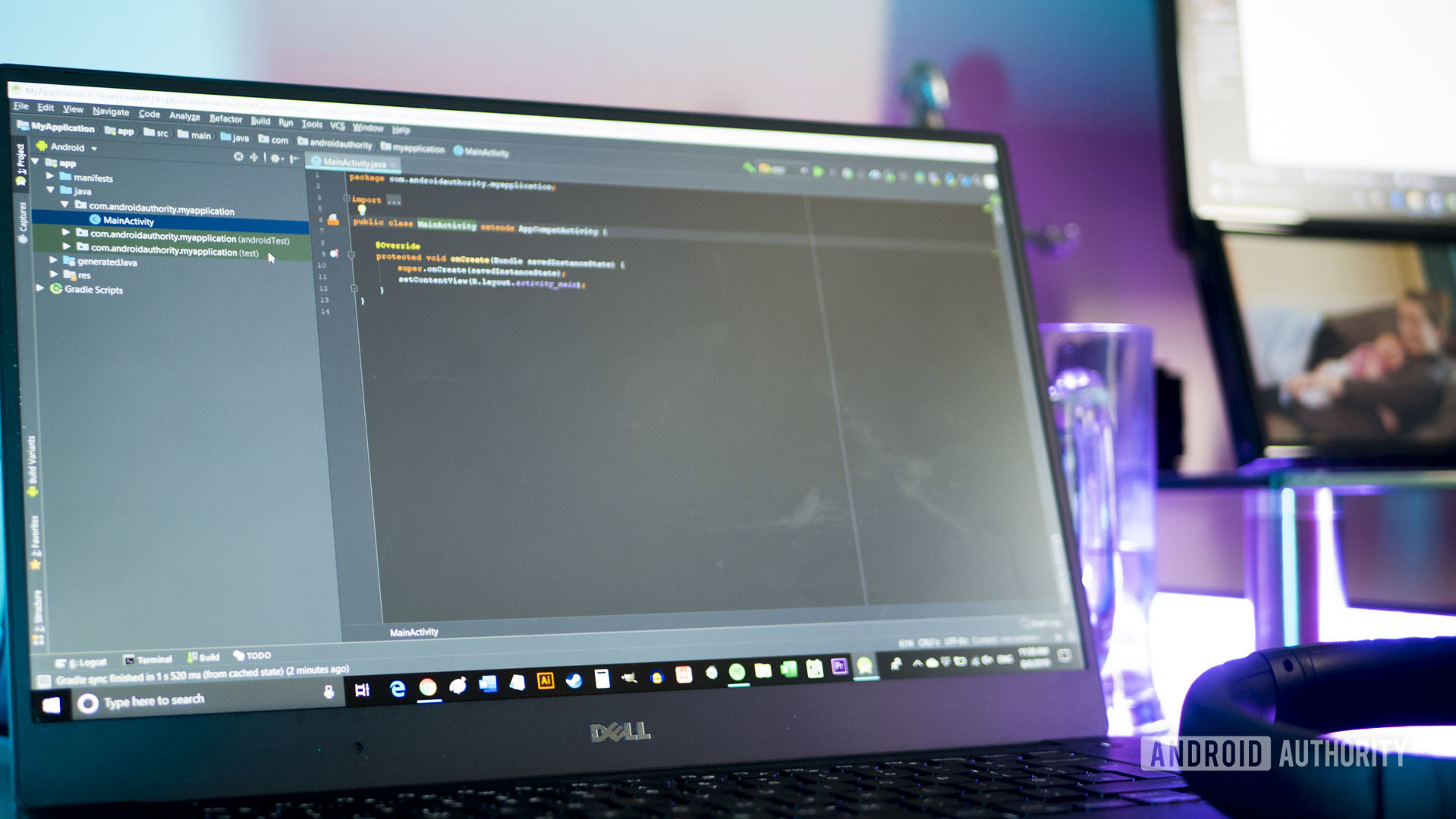
Both Python and Java frequently top lists of the most in-demand programming languages among employers. These are powerful, flexible, and object-oriented languages that are commonly used across organizations and in a wide variety of other settings.
This may lead you to ask the inevitable question: which is better? Or at least, which one should you learn?
Also read: I want to develop Android apps: what languages should I learn?
This is a complicated question, seeing as the two languages are actually quite different (it’s never that simple!). So read on, and we’ll unravel the question of Python vs Java to see which is best for you.
Python vs Java: structure and design
First, let’s take a look at how Python and Java are written and how this affects the experience of programming.
Object-Oriented
Python and Java are both considered to be “object-oriented” programming languages. This means they allow developers to create data objects through classes. While this is a complex concept for a beginner to get their head around, it effectively allows for very efficient and well-designed code. Classes are modular by nature and allow for very scalable programs that can do a lot with less code.
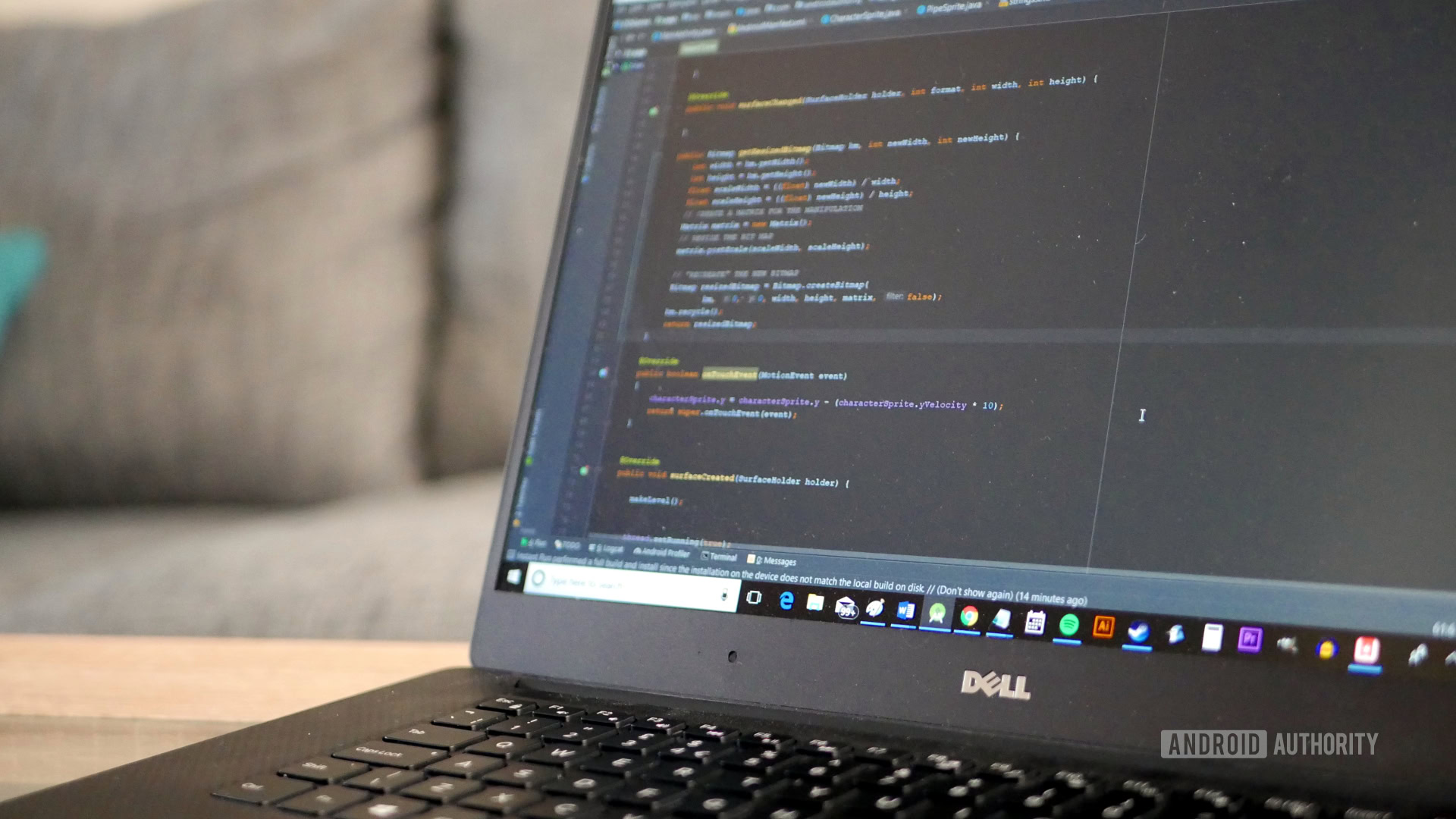
But if you’re still scratching your head asking how data can be an “object,” then you have run into the first problem with object-oriented programming: it’s confusing for beginners!
That’s why many people love the fact that Python also “supports multiple paradigms.” This means that you can create functional/imperative code that is read from top to bottom, making it much easier to get to grips with. It also makes Python very quick for developers that just want to make a quick app in a couple of lines to perform a useful job.
Of course, it’s technically possible to write functional/imperative code in Java, but Python lends itself better to this type of code.
Readability and White Space
This lack of forced-paradigm makes Python more beginner-friendly and flexible, but so too do many of the syntax decisions.
For example, Python encourages the use of lots of whitespace, doesn’t require semi-colons at the end of every statement. As a rule, Python also requires less boilerplate code as compared with Java (meaning that you can do more with fewer lines).
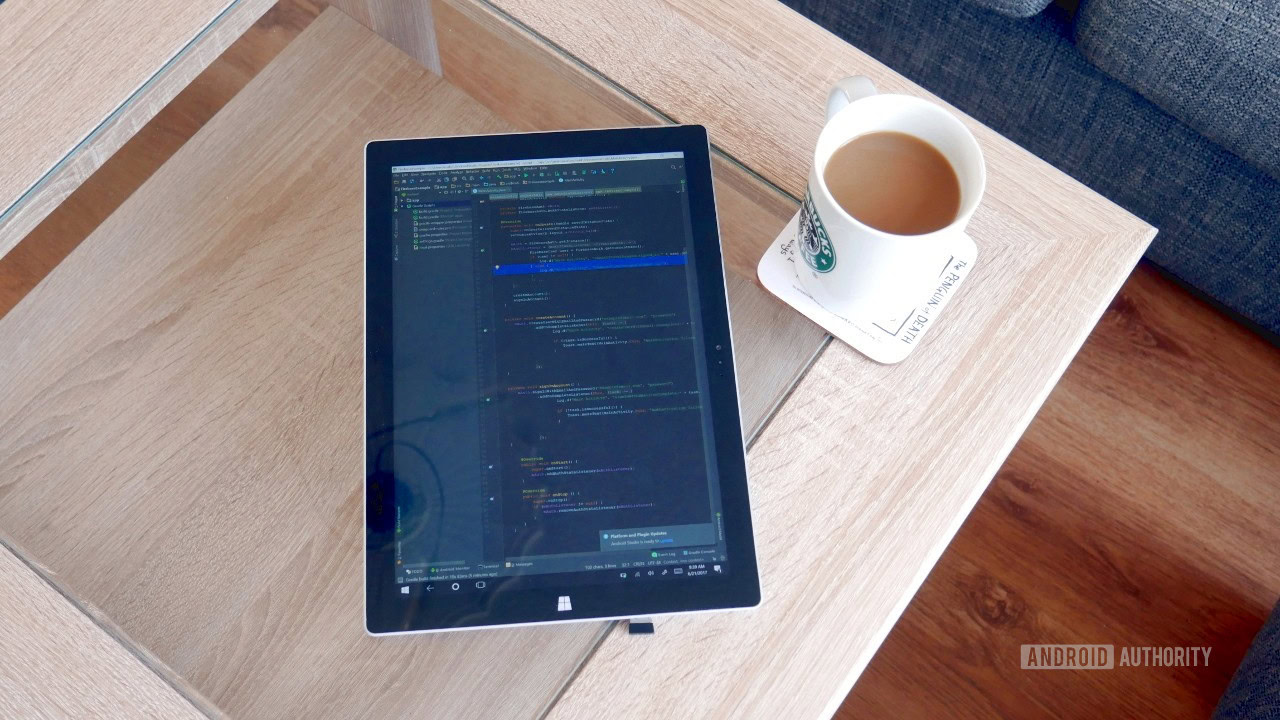
The semi-colon thing is big. In Java, you can write a beautiful program that is millions of lines long and have it not run because you forgot to include a semi-colon! No matter how experienced you are, this will always happen.
That said, while it might seem like a nuisance, restrictions like this do force you to write well-organized code and can avoid confusion down-the-line.
What’s more is that other programming languages are similarly strict in terms of their grammar and structure. That means that Java will generally be better at preparing developers to work with other languages, such as the very-similar C#.
Other differences are largely cosmetic: Python prefers snake_case for functions and variables (because snakes), whereas Java uses camelCase.
On the whole, a page of Python is much less daunting and reads a bit more like English. Java can be denser to wrap your head around, especially if you’re new to programming. But there is (usually) a method to the madness. (Sometimes literally.)
Static vs Dynamic
A key factor in the competition between Python vs Java, is that java is statically typed and Python is dynamically typed.
This means that when you declare a variable in Java – which is a word that represents a piece of data – you need to describe what kind of variable that is. It might be a “string” (a word or sentence), an integer (a whole number), or a float (a number with decimal places).
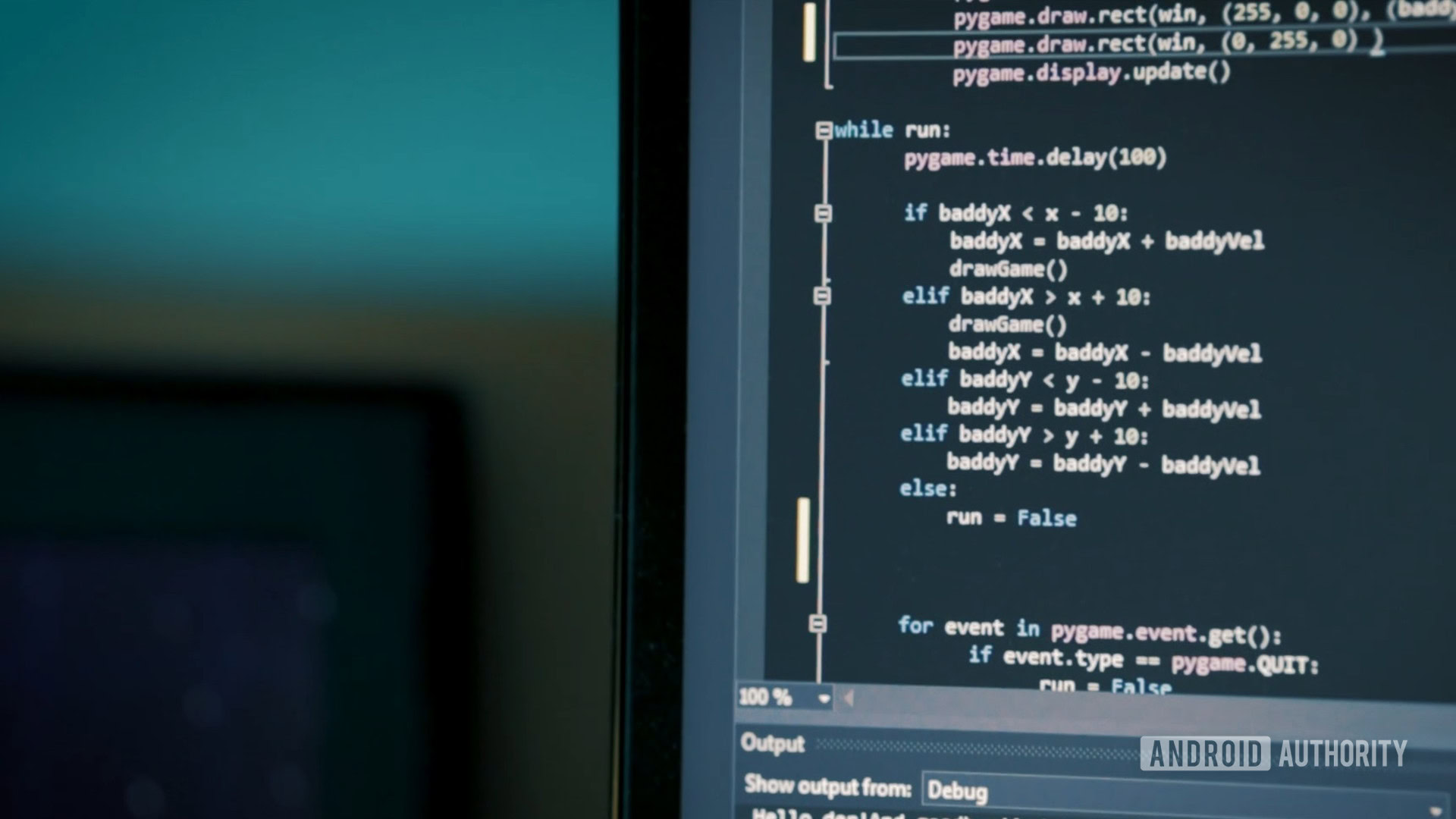
In Python, you don’t need to decide what type of variable you are using right away.
Likewise, function arguments can pass in any object. All this “Duck typing” makes Python very convenient and easy to use. However, this can occasionally make code a little more obtuse to the casual observer and may lead to errors, unless it has been properly commented.
Also read: How to comment in Python: Tips and best practices
Compiled vs Interpreted
Python is an “interpreted language.” That means you’ll install an interpreter on your machine that will read and understand Python code. It also means that for anyone else to use your code, they will likewise need an interpreter installed. You can’t easily build an executable file and then send it to your friends/buyers.
This is both a strength and a weakness of Python. It means that in order to build anything for commercial use, you will need to rely on external tools and fiddly processes.
However, it also means that Python is ideal for putting something together quickly for your own personal use. You can add Python to PATH or run Python apps straight from CMD/terminal without having to go through a lengthy compilation stage.
Java meanwhile is technically both interpreted and compiled. Java will be compiled first, but the target machine will need the JVM in order to run the code.
As such, Java code is typically more portable, but you may still need to go through a few steps to get it in a usable fashion. As is the case when building Android apps!
Also read: A guide to Android app development for complete beginners in 5 easy steps
What this does also mean though, is that Java code has the potential to run much faster, making it a better choice for more intensive operations.
Which is easier for beginners?
If the above didn’t make it clear, Python is generally much easier for beginners. Python is logical even for someone who doesn’t know what a “Class” is, and it has a clean and simple layout that gives you plenty of room to breathe.
Python is commonly used as a first programming language for teaching programming concepts, so it’s handy that it is also flexible enough to be useful outside of the classroom! In many ways, Python is the new BASIC. In terms of simplicity, Python vs Java is a no-brainer.
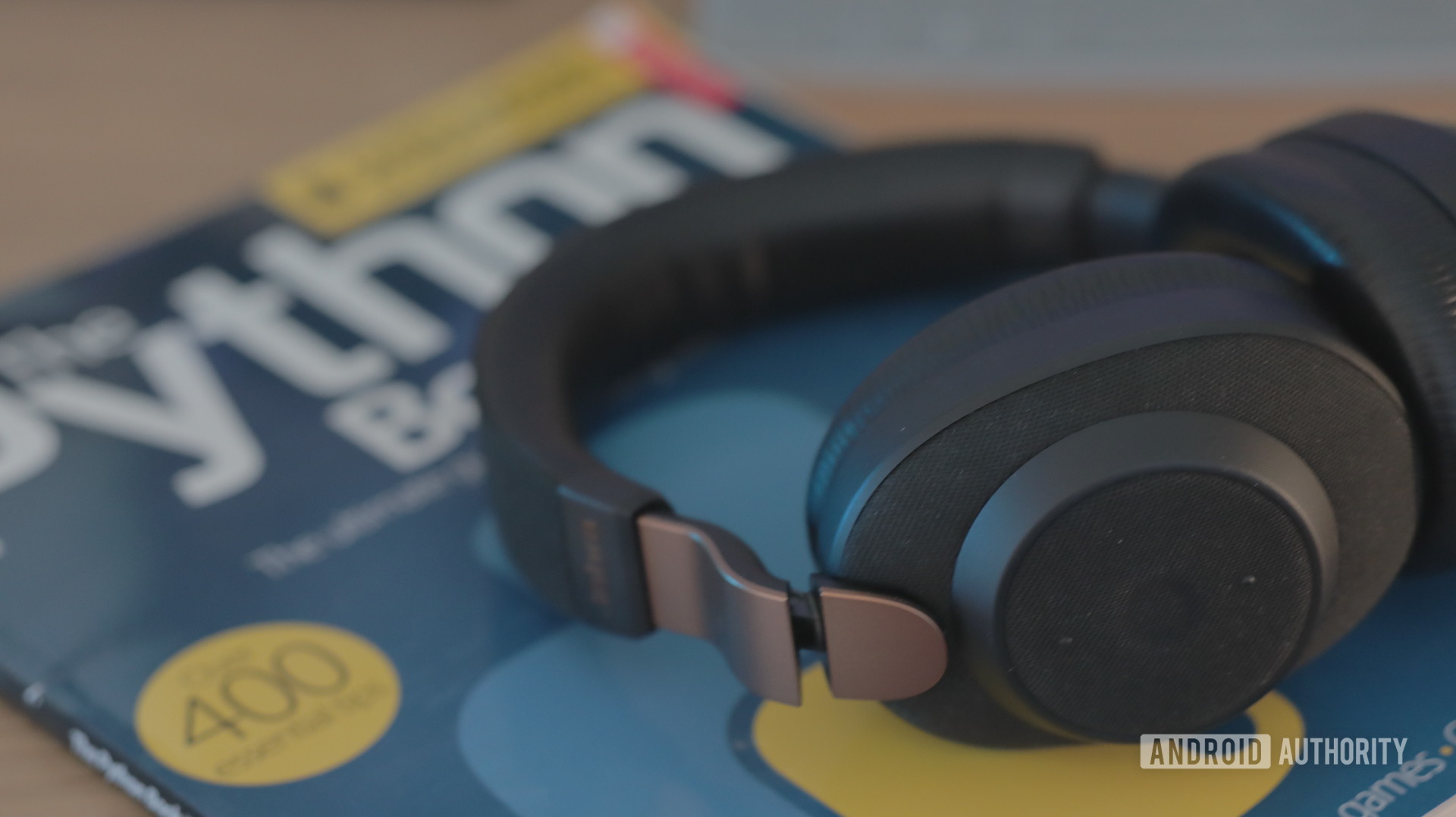
That said, the restrictions and complexities of Java aren’t just for fun. They can be useful for getting into good habits early on, and they may prepare a developer for the rest of their career.
At the end of the day, if you’re interest is in learning for learning’s sake, Python is the better place to start. But it’s going to depend on your end goal.
What are they used for?
Speaking of which, what might your end goal be when learning either of these languages?
As mentioned, Python’s “interpreted” nature means that it can’t easily be used to write commercial programs that you share and sell. It is slower than compiled languages, and it isn’t easily exported.
This means that Python generally isn’t used for mobile app development, game development, building desktop software, etc.
However, what Python is great for, is writing quick code that performs useful functions. This makes it a popular in-house tool among many security firms, data analytics companies, and the like.
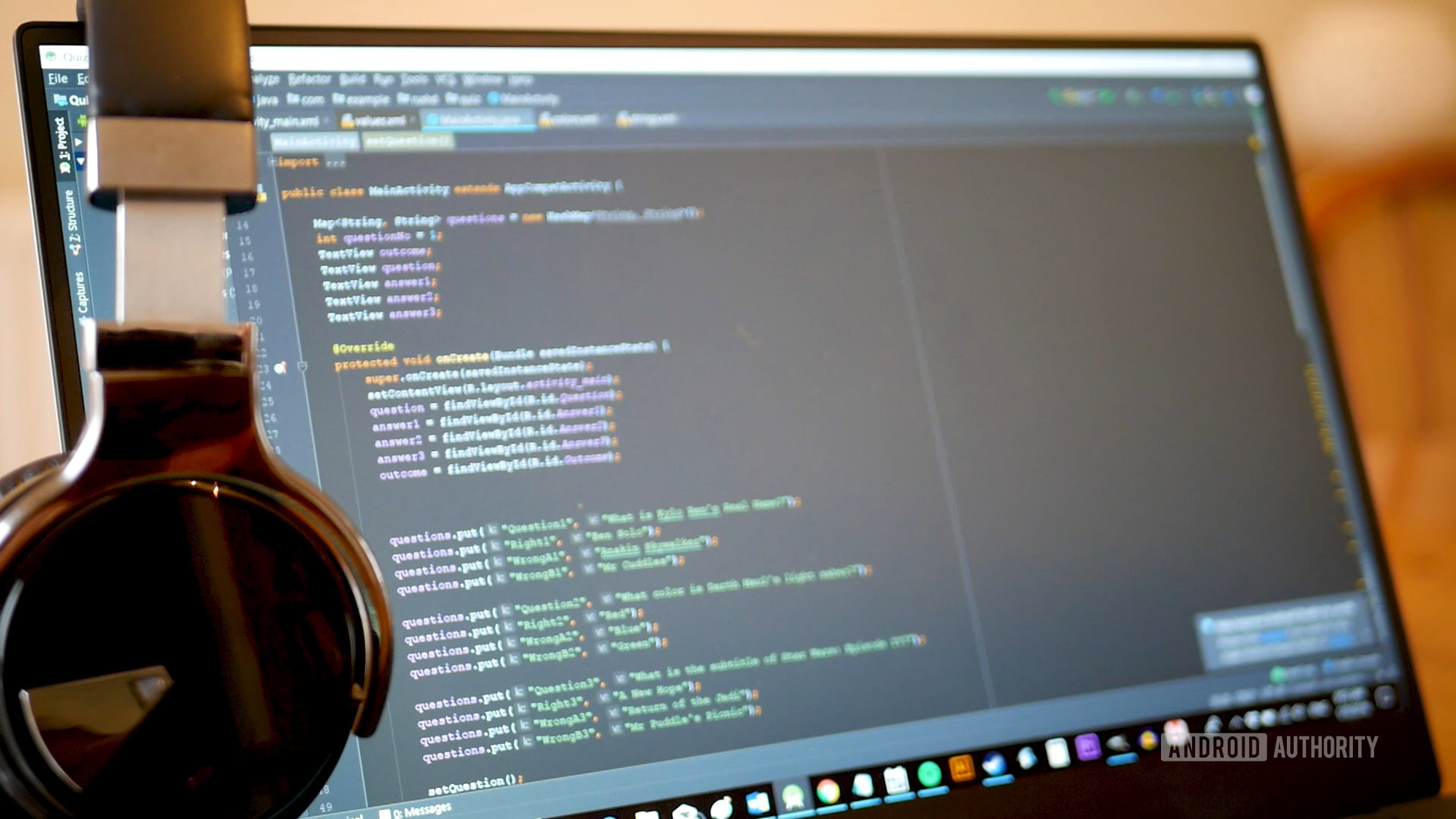
The other common use for Python, is building web apps. Here, the Python code actually runs “server-side.” That means that it runs on the server that houses the files that comprise a website. Because Python is installed on the server, the user doesn’t need to worry about whether or not they have Python installed on their machine: they just see the output.
Therefore, Python powers many of the biggest brands on the web. These include: Instagram, Google, Spotify, Netflix, Dropbox, and many others.
Java meanwhile is used to develop a number of desktop and mobile applications. Java used to be the primary language used for Android development, until Google announced that Kotlin would be its top choice going forward. However, Java is still officially supported, and is still used by a large number of organizations.
Java is popular among big organizations in general, seeing as it is supported by a wide number of frameworks and libraries, is very fast, is very secure, and works across platforms. Java also has the advantage of having been around for a very long time – and big companies don’t like change!
Also read: Kotlin tutorial for Android for beginners: Build a simple quiz
Java is less commonly used for games. Other combinations such as C# with Unity, or C++ with Unreal Engine are more powerful and flexible in this scenario.
Python vs Java: Which is right for you?

So with that said, should you choose Python or Java to start coding?
If you’re looking to become a software developer working for a big company, if you want to make Android apps, or if you’re interested in learning more programming languages such as C#, then Java is a great choice. Be prepared for a steep learning curve though!
If you just want to learn about programming with a beginner-friendly language, then Python is ideal. Python is also a great choice if you’re interested in building web apps, working with tech start-ups, or have an interest in data science.
Want to give Python a try? Then why not check out our list of the best online Python courses. These will provide a complete education, and Android Authority readers will also get huge discounts!
For more developer news, features, and tutorials from Android Authority, don’t miss signing up for the monthly newsletter below!